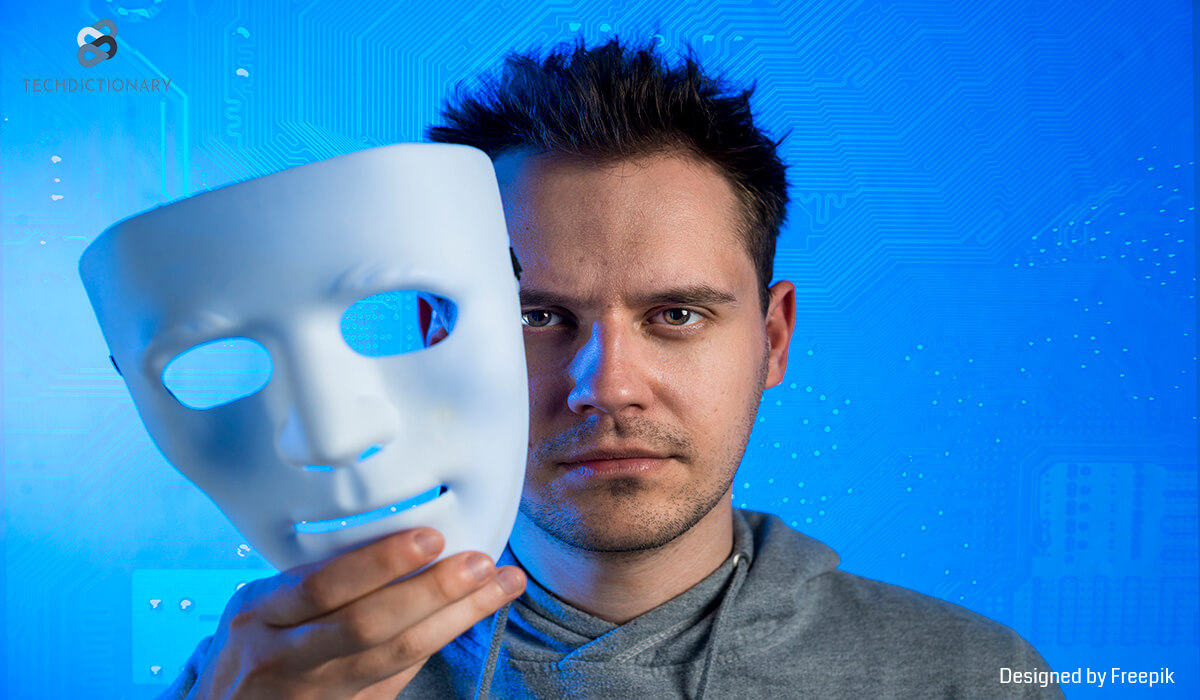
You poured your heart and soul into developing your essay, dedicating countless hours to research, writing, and refining your arguments. When you submitted it, your teacher said you used AI to cheat. You felt frustrated and anxious about the potential consequences of being accused of cheating. What should you do? How to prove you didn’t use AI and safeguard your paper’s integrity? Let’s follow our guidelines to address this issue and confirm your authorship.
How to prove you didn’t use AI when your paper gets flagged? First of all, keep your cool, then follow our steps to safeguard the integrity and originality of your academic work.
AI content generators typically can’t cite their reference sources properly. Thus, the first and most pivotal step to prove your academic integrity is to cite all the sources and materials you used while developing your essay. According to the University of Alaska Fairbanks, you should include the basic information in the references as follows:
Besides, you must follow the required citation styles to maintain academic integrity and avoid plagiarism. Check with your professor if you’re unsure which is the appropriate citation style among MLA, APA, and Chicago for your research paper.
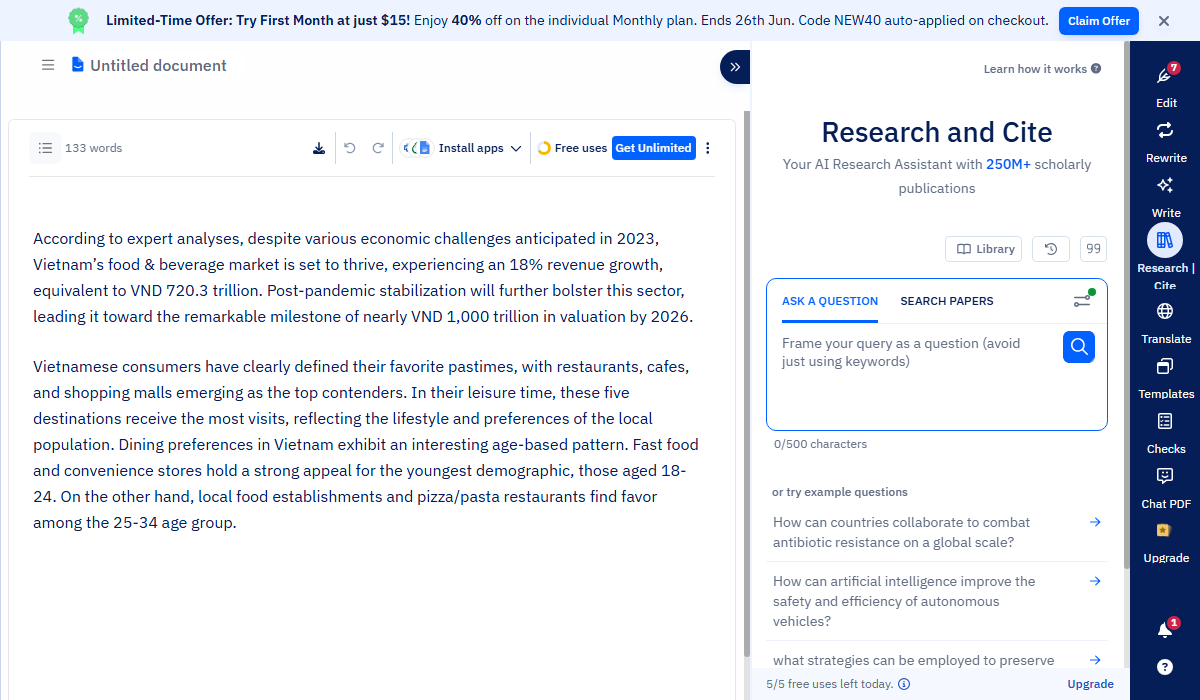
Paperpal’s Citation Generation
When your work is falsely accused of using AI, the first step you need to prove you didn’t use AI is to turn in an archive of your paper’s drafts and edits.
If you’ve saved your paper copies on OneDrive or Google Drive, you can access earlier drafts and their timestamps. This will help you establish a clear schedule and provide strong evidence of your work’s development. It will also show the effort put into turning disorganized drafts into an orderly and high-quality paper.
This way, you can demonstrate that you built your paper meticulously instead of using a customized AI response.
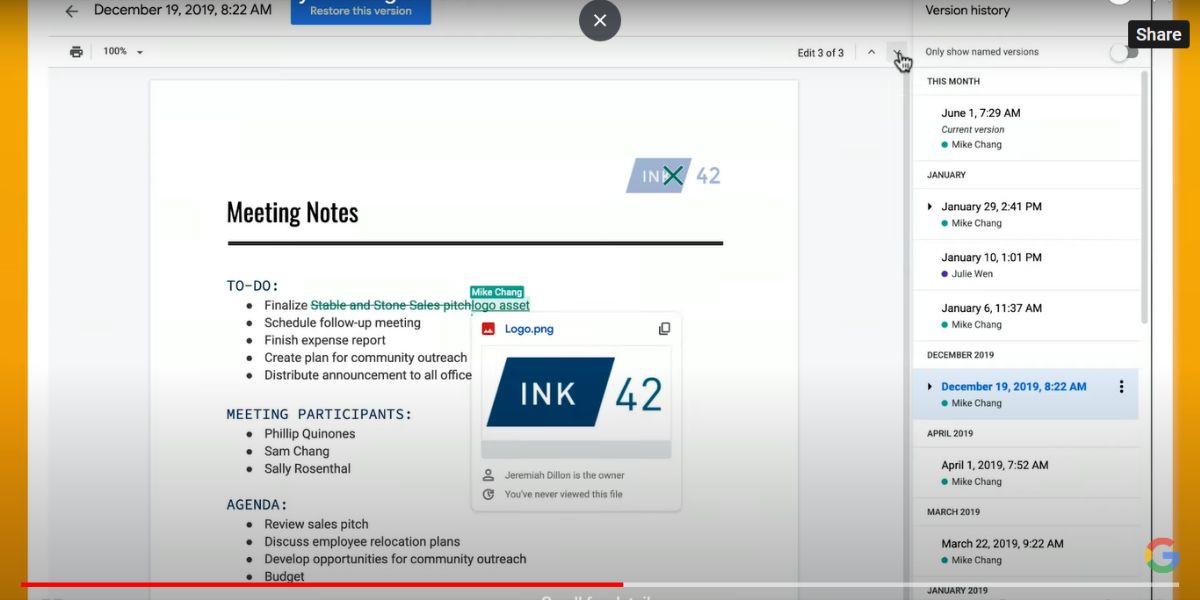
Previous versions using Google Docs – Source: Google Workspace
To enhance your argument, be sure to include the resources you used to develop your ideas and produce your original work. These resources typically include any materials you used to write your paper, such as bookmarks and notes.
These resources serve as clear evidence of the effort you put into gathering and selecting the information to support your arguments. Demonstrating the process of your research in this way will help to defend against any accusations of relying on AI assistance.
You should also discuss the accuracy of the AI detectors with your professor since they can’t guarantee 100% accuracy.
A noticeable example of how imperfect AI detection can be is that GPTZero falsely flagged a section of the US Constitution as AI-generated.
Now, let’s look at the case of Turnitin, one of the best AI detectors recommended by teachers in the academic field. Turnitin has a 98% accuracy and a 1% false positive rate for a document. However, the false positive rate is approximately 4% when checking for sentence by sentence. This usually happens in the introduction and conclusion sentences of a document.
Maybe you are interested: Are AI Detectors Accurate? We Tested For Sure
Furthermore, writings about technical topics, like economics, math, and lab reports, are likely to be misidentified as AI-written. Students typically need to set the right formal styles for their technical writing, making the content appear less human-like.
“Non-native speakers typically score lower on common perplexity measures such as lexical richness, lexical diversity, syntactic complexity, and grammatical complexity.” – Stanford University.
Suppose all the above steps weren’t enough to clear your name. In that case, you might attempt to defend yourself by offering alternative verification methods.
You can start by presenting findings from various AI detectors, such as Undetectable AI or Originality AI. These findings can cast fair questions on the accuracy of your professors’ AI detection results.
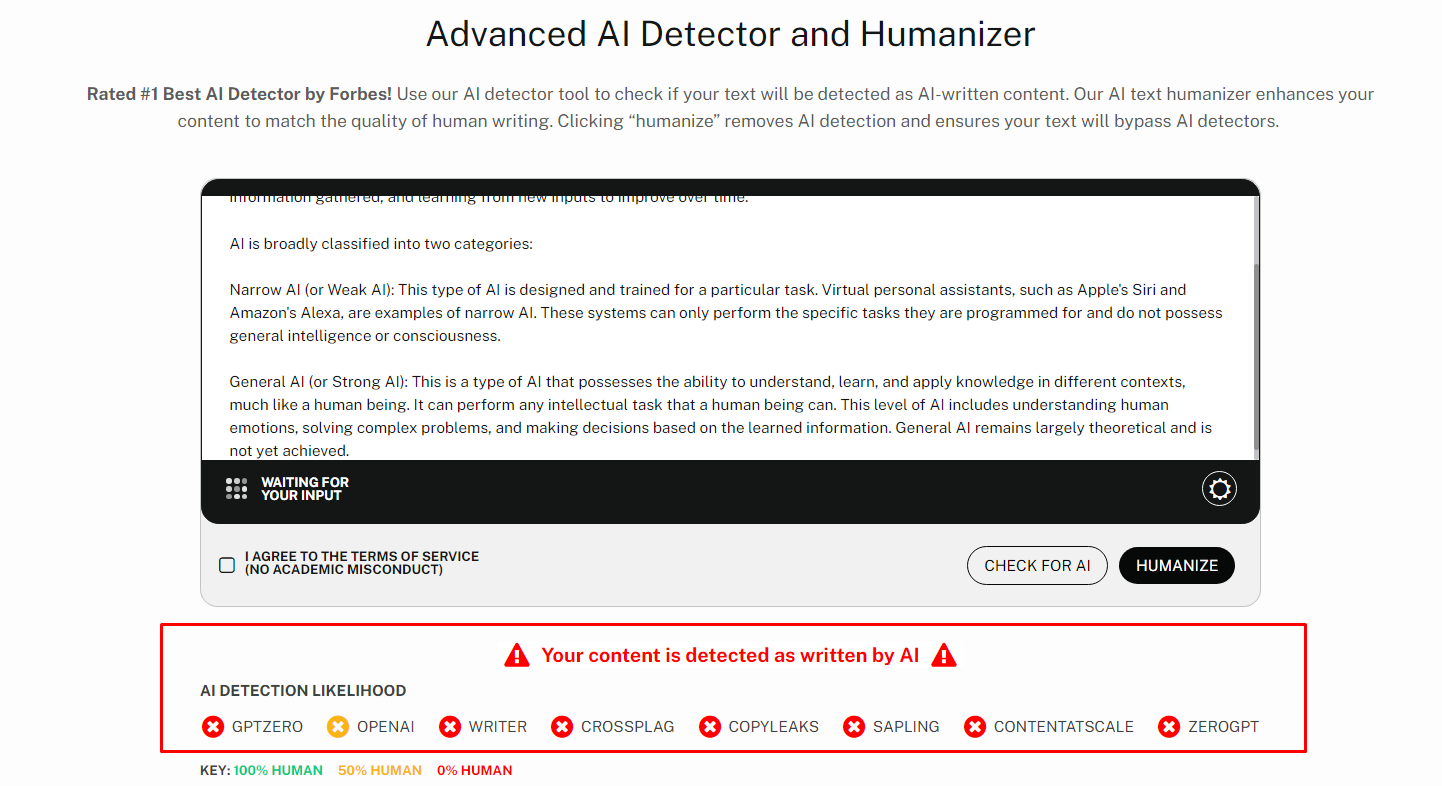
Using other AI detections As References
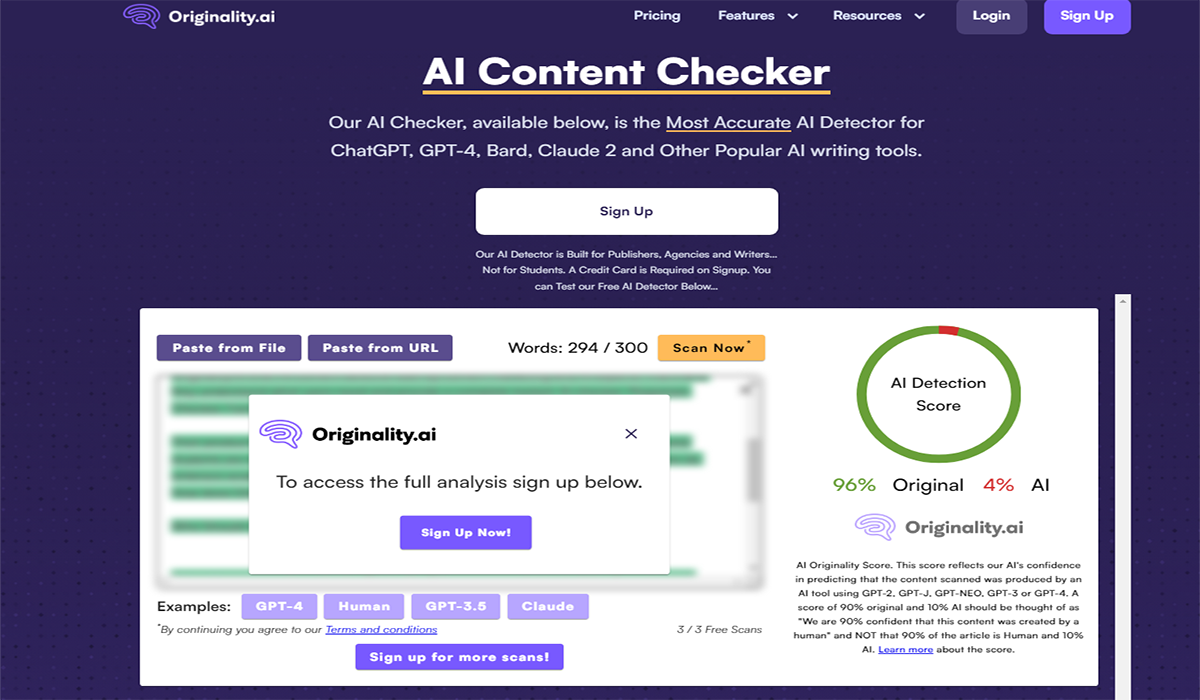
Originality AI Detection Performance
Afterwards, consider creating additional exams to showcase your comprehension of the material and mastery of the course. To demonstrate your understanding, you could request an oral exam or a supervised essay revision from your teacher.
Another way to avoid being flagged is to show your consistent writing style by comparing your essay with your previous assignments. This consistency will eliminate any notion of AI involvement in the content creation of your paper.
What if you have submitted all the evidence, yet your professor still accused you of AI cheating? If so, to defend yourself, you need to know the academic integrity rules of your institution and your rights under them. Look up official materials like the university code of honor, writing center memos, course curriculum, and student handbook. Pay attention to the instructions and deadlines for requesting reviews and filing appeals.
To understand your situation and the potential consequences, also familiarize yourself with the penalties for academic dishonesty according to your institution’s rules.
Take responsibility for your actions, even if you used AI techniques to edit parts of your original content. Some AI detection systems can recognize AI-modified content, and your professors may penalize you for it.
The best thing to do would be to respectfully and honestly explain your situation to your instructor. Show your dedication and provide background information on the challenges you encountered. Explain how you developed your ideas and created a strong paper from them. Be truthful, and be sure to verify your facts.
Adhering to these guidelines will help protect the originality of your work and prevent potential issues with academic integrity regulations.
The incorrect accusations of using AI tools happen often and are bound to become even more frequent. So, you’re not the only one in this situation. If this happens to you, you need to stay calm and follow our TechDictionary guidance on how to prove you didn’t use AI. A collection of solid evidence and clear communication with your professors will help establish your innocence and prove your innocence.
Maybe You Are Interested:
Does Turnitin detect QuillBot?

